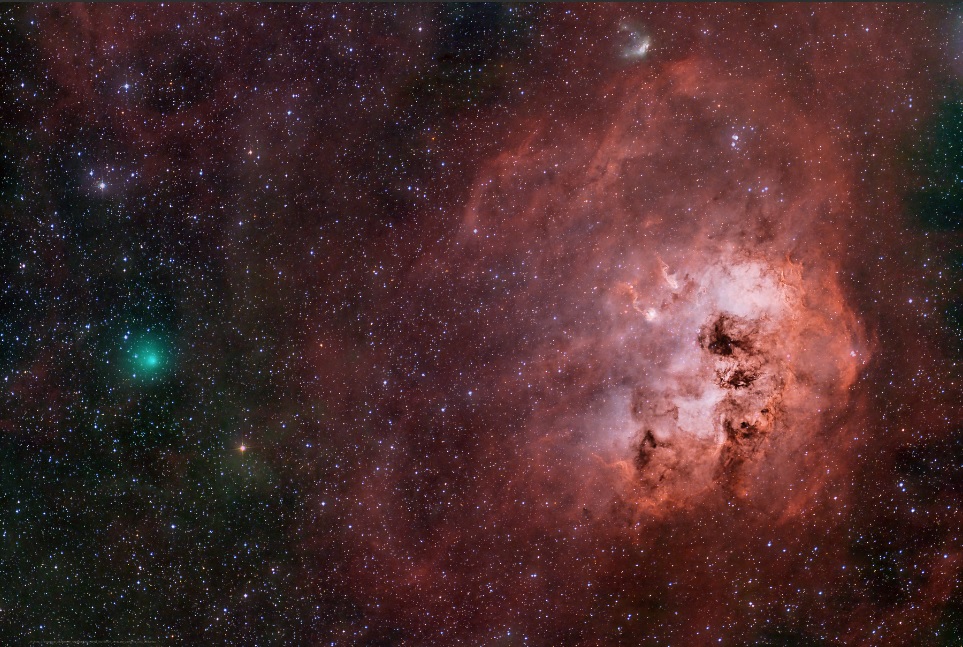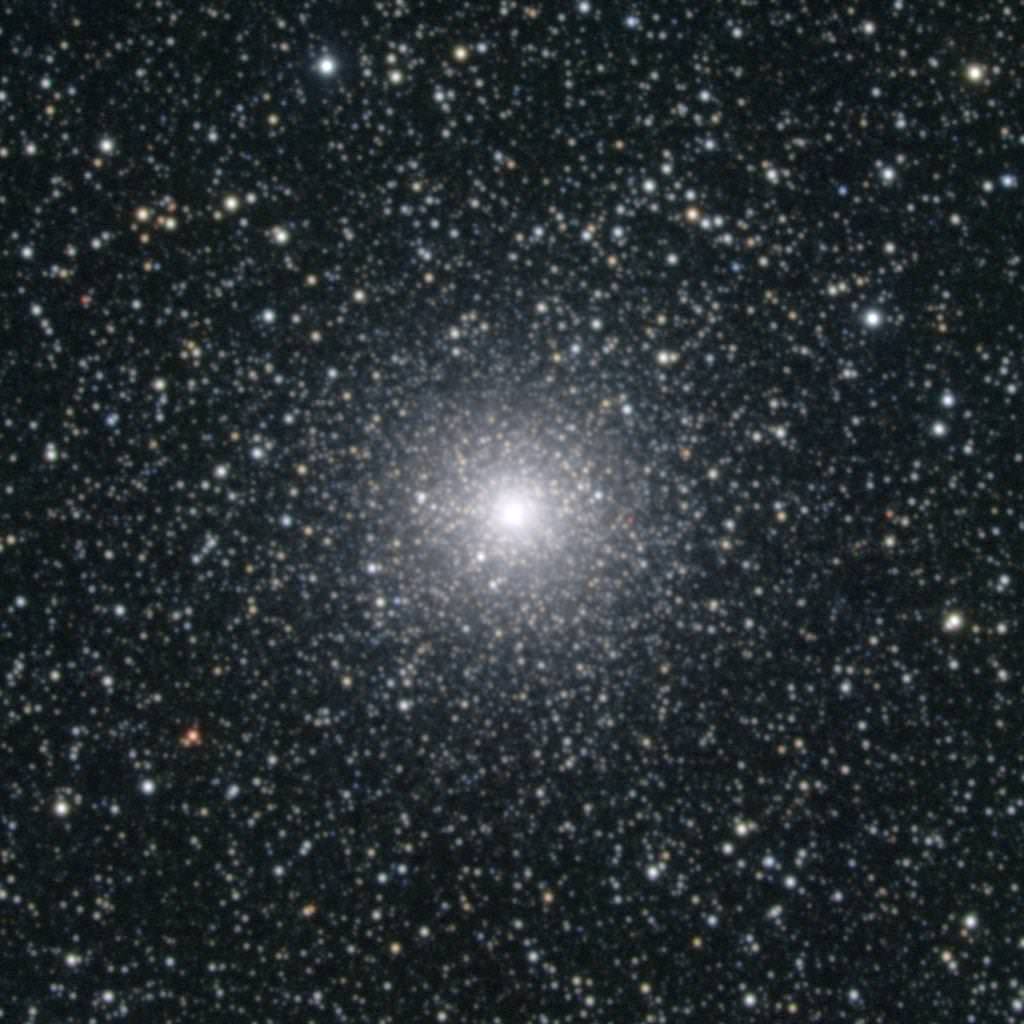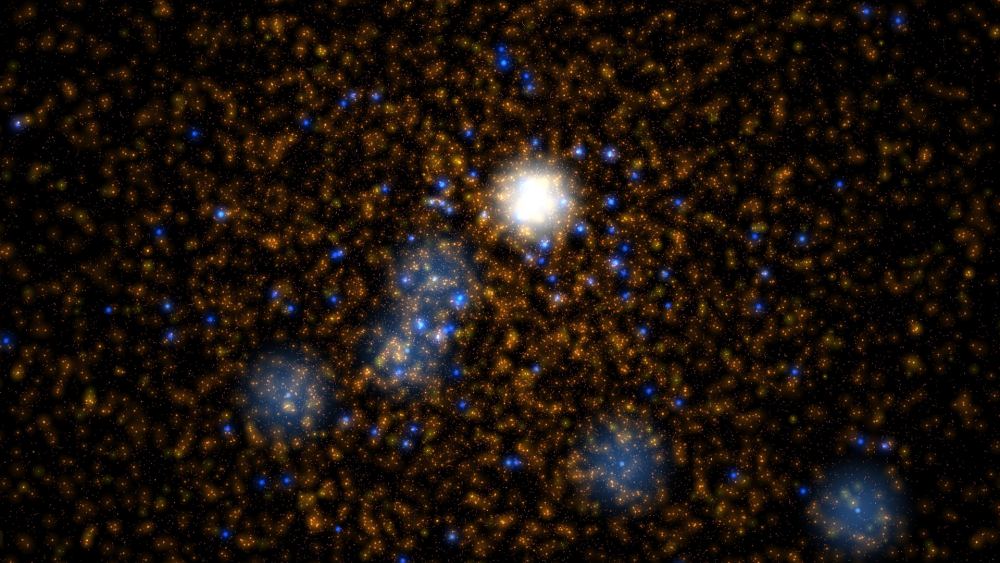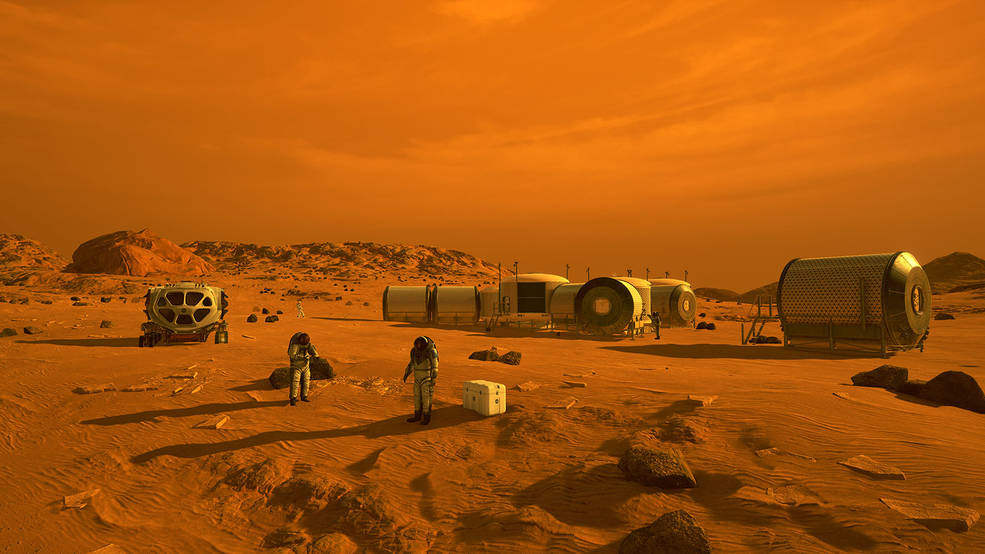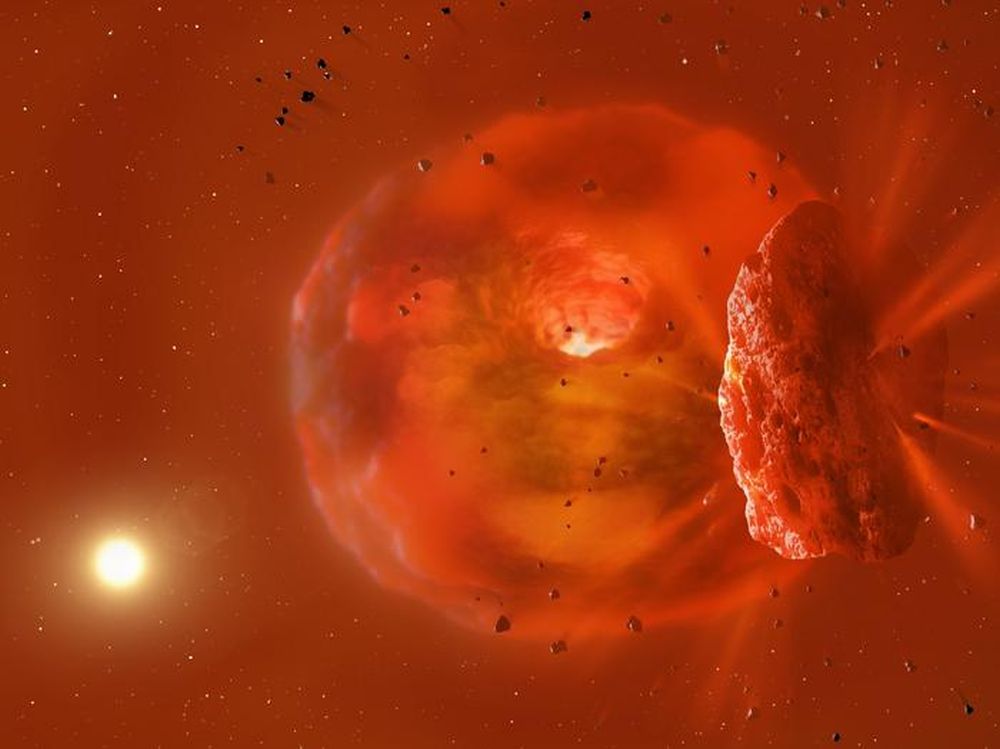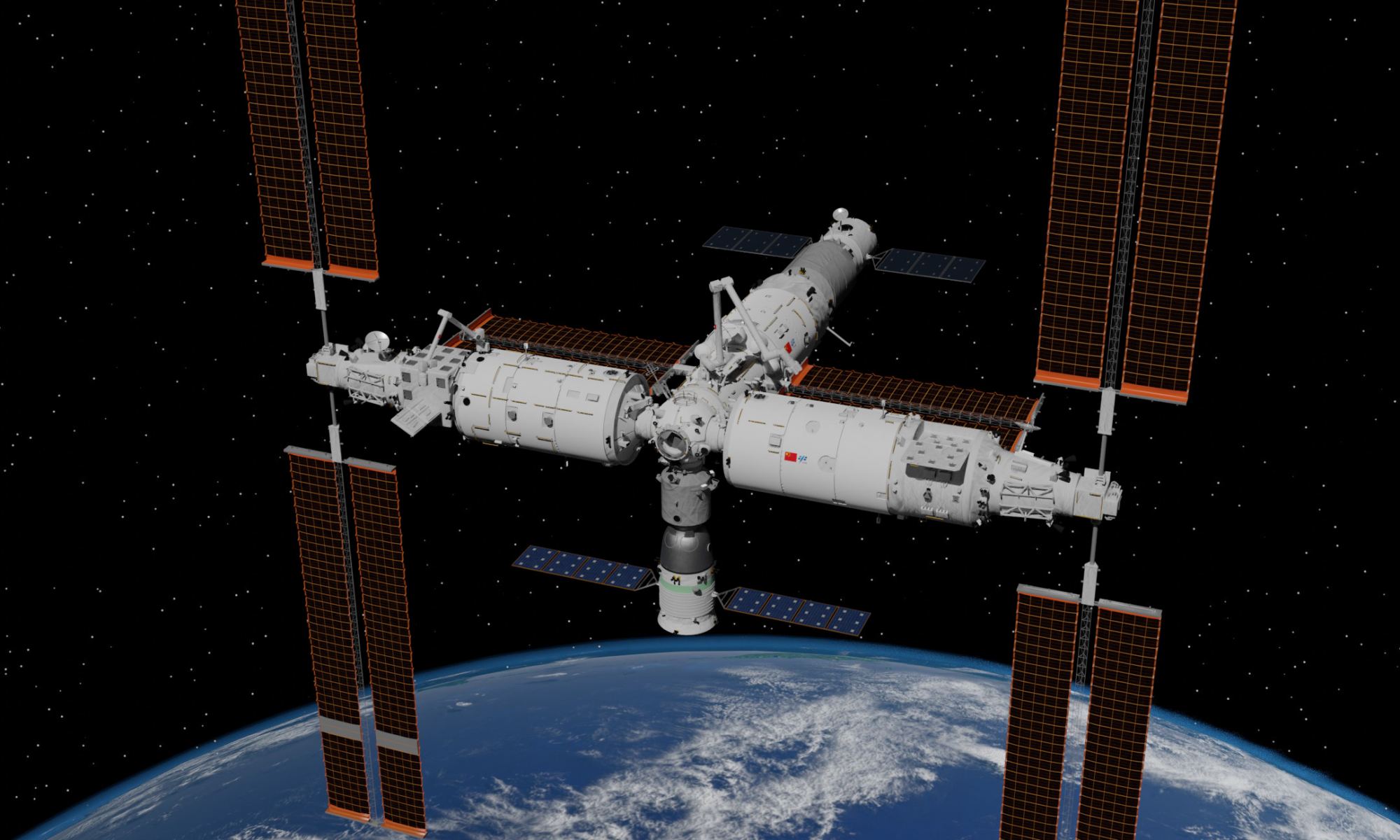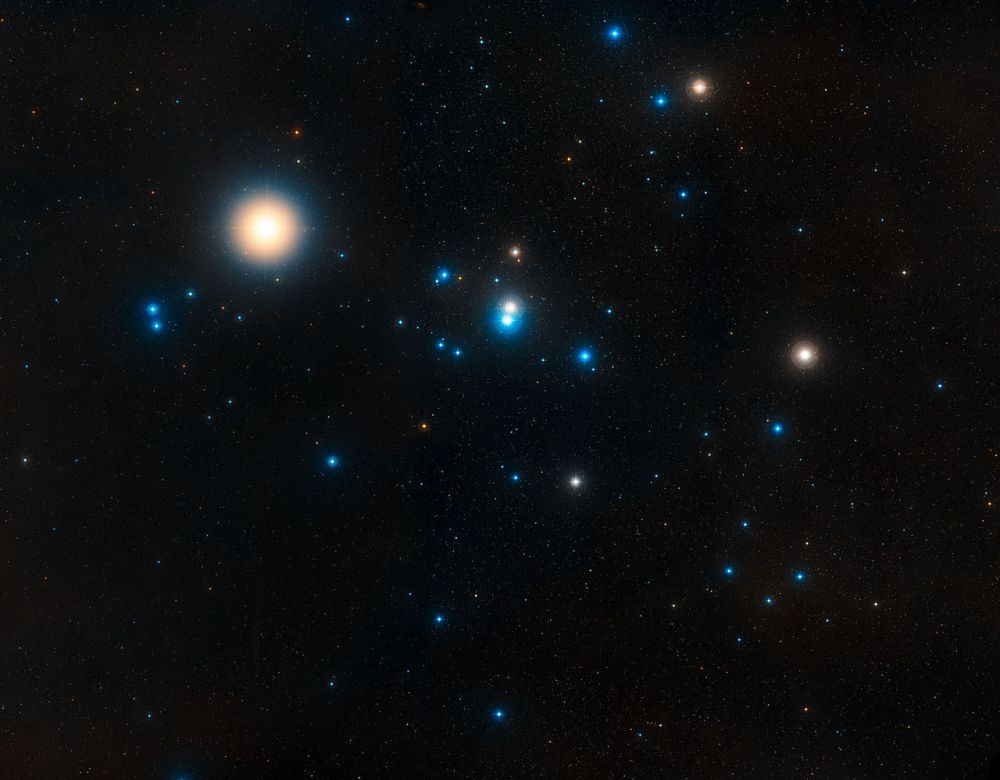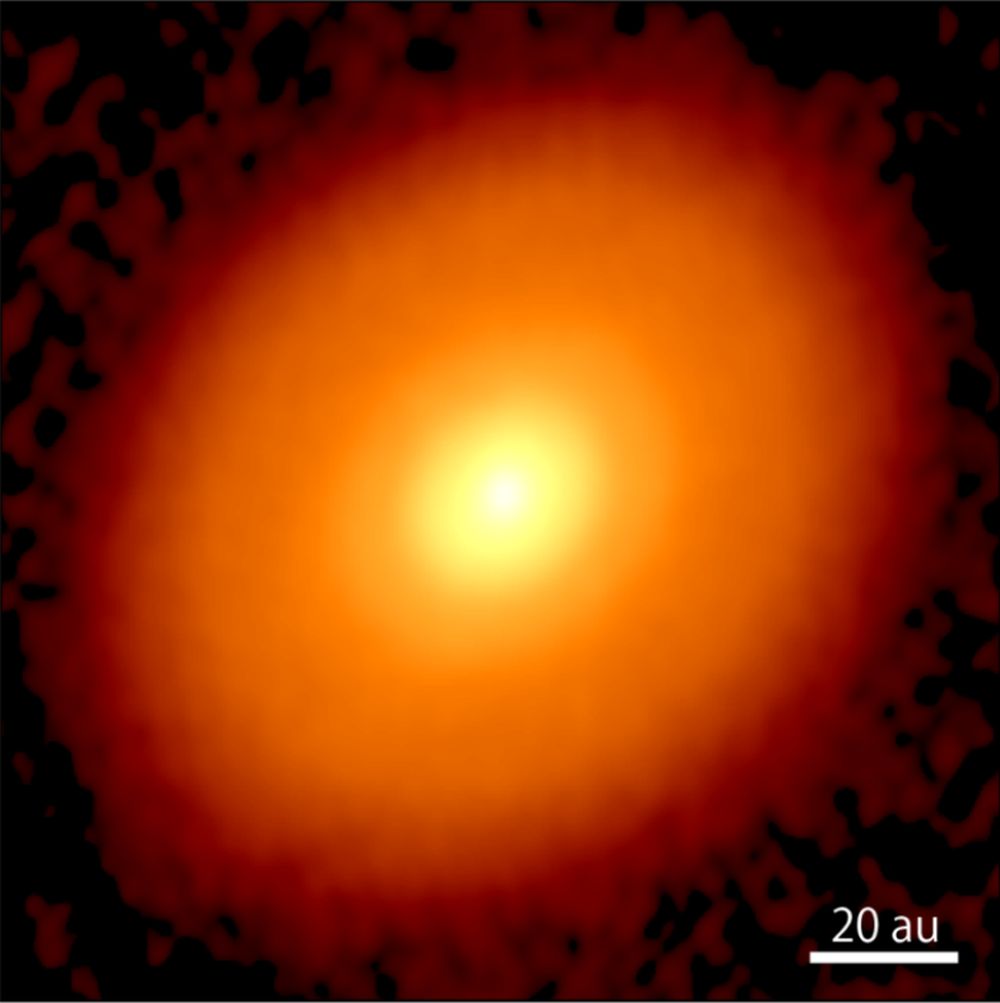Throughout the 20th century, multiple proposals have been made for the crewed exploration of Mars. These include the famed “Mars Project” by Werner von Braun, the “Mars Direct” mission architecture by Robert Zubrin and David Baker, NASA’s Mars Design Reference Mission studies, and SpaceX’s Mars & Beyond plan. By 2033, two space agencies (NASA and the CNSA) plan to commence sending crews and payloads to the Red Planet. These and other space agencies envision building bases there that could eventually lead to permanent settlements and the first “Martians.”
This presents several major challenges, not the least of which have to do with exposure to radiation, extreme temperatures, dust storms, low atmospheric pressure, and lower gravity. However, with the right strategies and technology, these challenges could be turned into opportunities for growth and innovation. In a recent paper, a Leiden University researcher offers a roadmap for a Martian settlement that leverages recent advancements in technology and offers solutions that emphasize sustainability, efficiency, and the well-being of the settlers.
Continue reading “A Comprehensive Blueprint for the Settlement of Mars”

